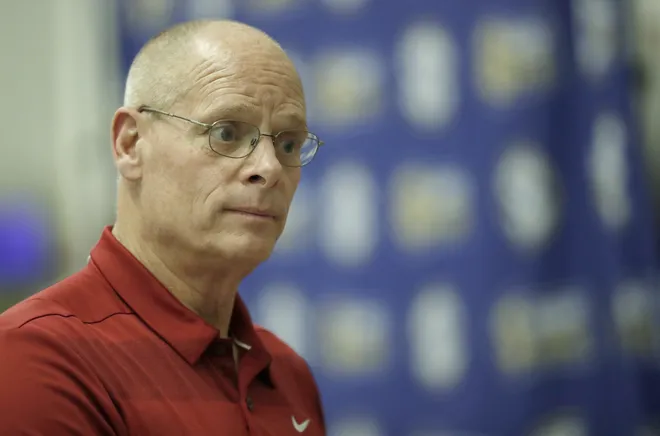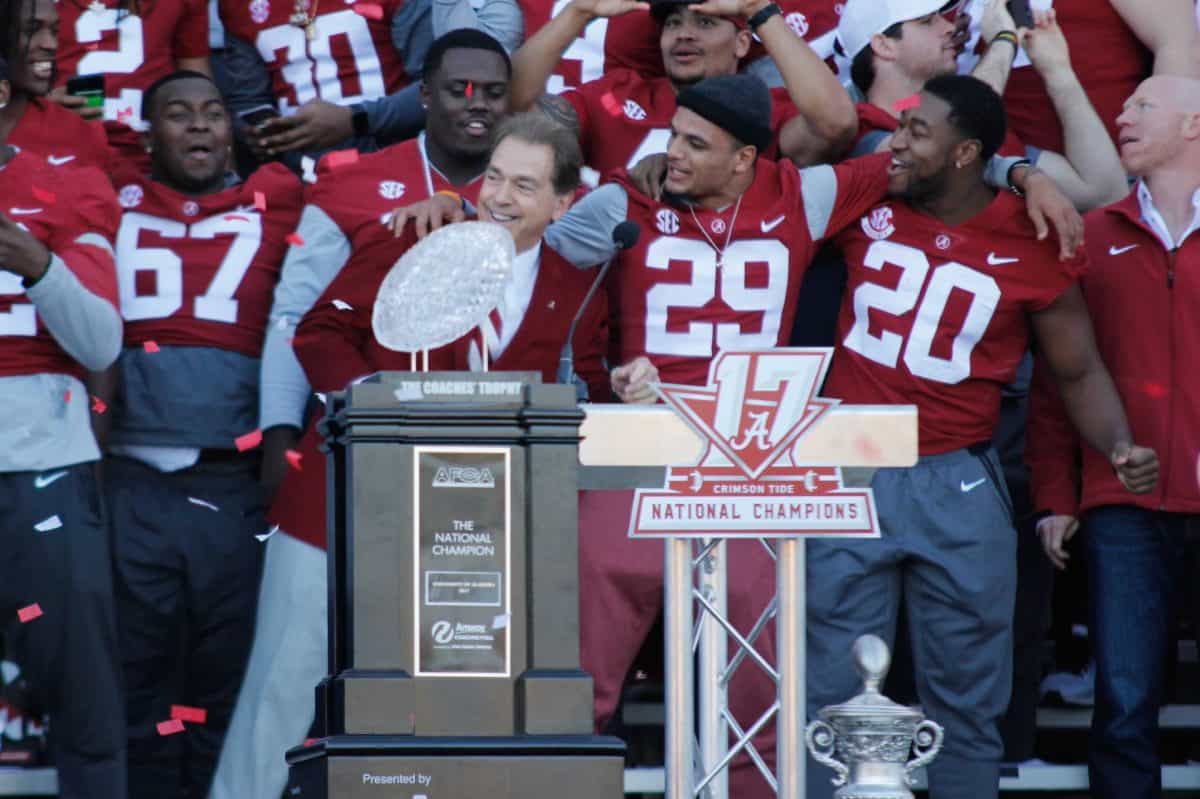In the weeks following the deadly EF-4 tornado that left much of Tuscaloosa in ruins, thousands of volunteers flocked to the city to help remove debris, field phone calls from those affected by the storm and provide additional assistance where needed.
Many of these volunteers were asked to stop by either St. Mathias Episcopal Church or the Volunteer Reception Center, housed at the McAbee Center off of Veteran Memorial Highway, to fill out paperwork and obtain credentials, which allowed them access to some of the heavily impacted areas.
Throughout the volunteering process, a volunteer log was created. This allowed the city to gain an accurate count of volunteer hours so it could receive credit for some of the money it had to spend for its response to the April 27 disaster.
Mike Stone, a FEMA spokesman currently stationed in Alabama, said the volunteer log is used to catalog hours and staff time, among other things, so the city can submit it for repayment.
“In this case, the city and the county fall under the public assistance category, so public entities such as the city government, school boards and possibly even [the University of Alabama] can put together their costs, depending on their state agreement,” Stone said.
Generally, local governments affected by a natural disaster such as that experienced by Tuscaloosa, will put together and submit reports logging such hours, Stone said.
“As we move forward, what will be happening in regards to the local government is that they’ll be meeting with our public assistance staff,” he said. “The work is local on up, so, once we finish with debris removal, we’ll also begin focusing on rebuilding. A possible starting point for that would be the local EMA office which was destroyed by the storm.”
Although Tuscaloosa will receive some compensation for portions of the money it spent in response to the natural disaster, LaDonna Roberts, volunteer coordinator for the city, said there will be no real money exchanging hands between FEMA and the city.
“It’s more of an in-kind match of sorts,” Roberts said.
She said all volunteers who are not getting paid for the efforts in assisting the city should be logging their volunteer hours because they go towards the match.
“FEMA assigns values to different efforts, so it enables us to not only keep track of the number of hours that our volunteers have logged, but also what they’ve done,” she said.
Roberts referenced GiveTuscaloosa.com, a website which provides the Tuscaloosa community with information about volunteering efforts, ways to register with FEMA, contacts within the Disaster Recovery Center and news regarding the city.
The website says volunteers all need to log their hours because it is critical for the recovery efforts of the city and helps with the process of allowing FEMA to subsidize the recovery costs to the city based on the number of hours volunteered.
Volunteers can log their hours in four ways: Signing a timesheet at the place they volunteer, reporting them as part of an affiliated organization, calling the VRC Call Center at 248-5045, or filling out individual or group volunteer tracking forms, found on the group’s website.
Both Stone and Roberts said the volunteer log will be in place indefinitely, as it is designed to assist with Tuscaloosa’s long-term recovery effort.






